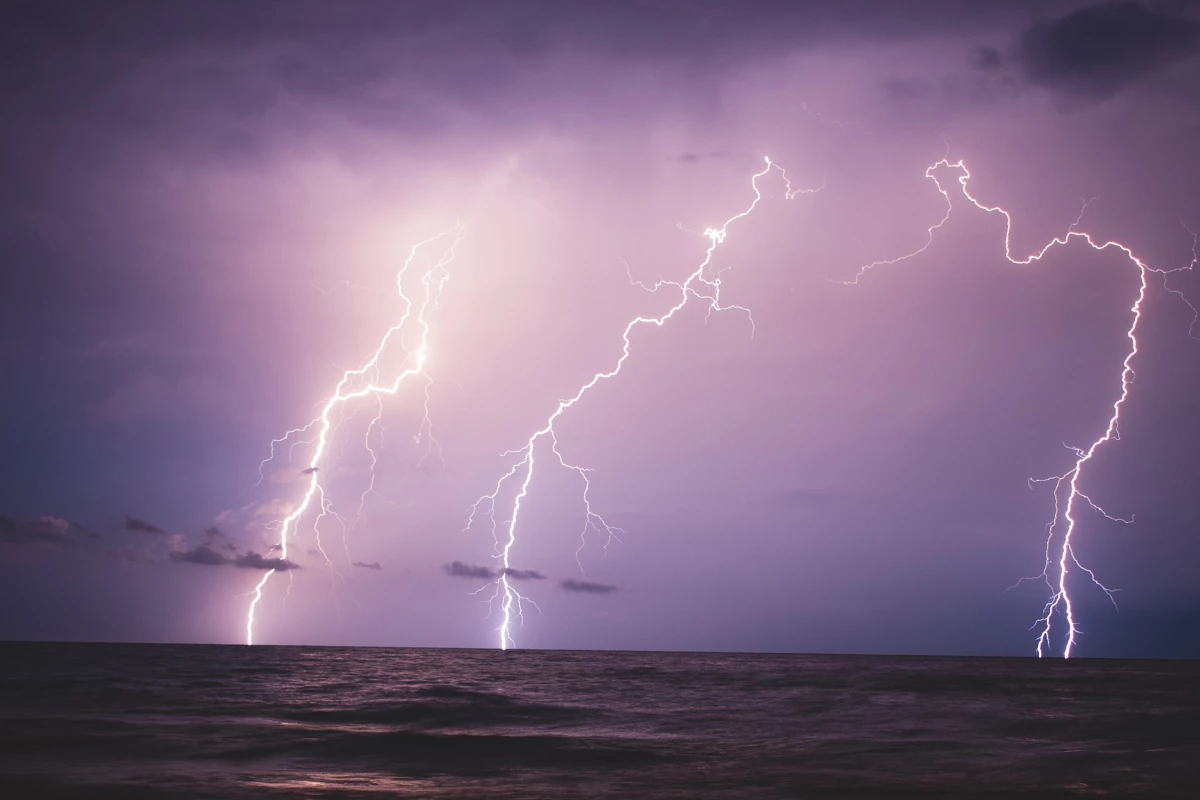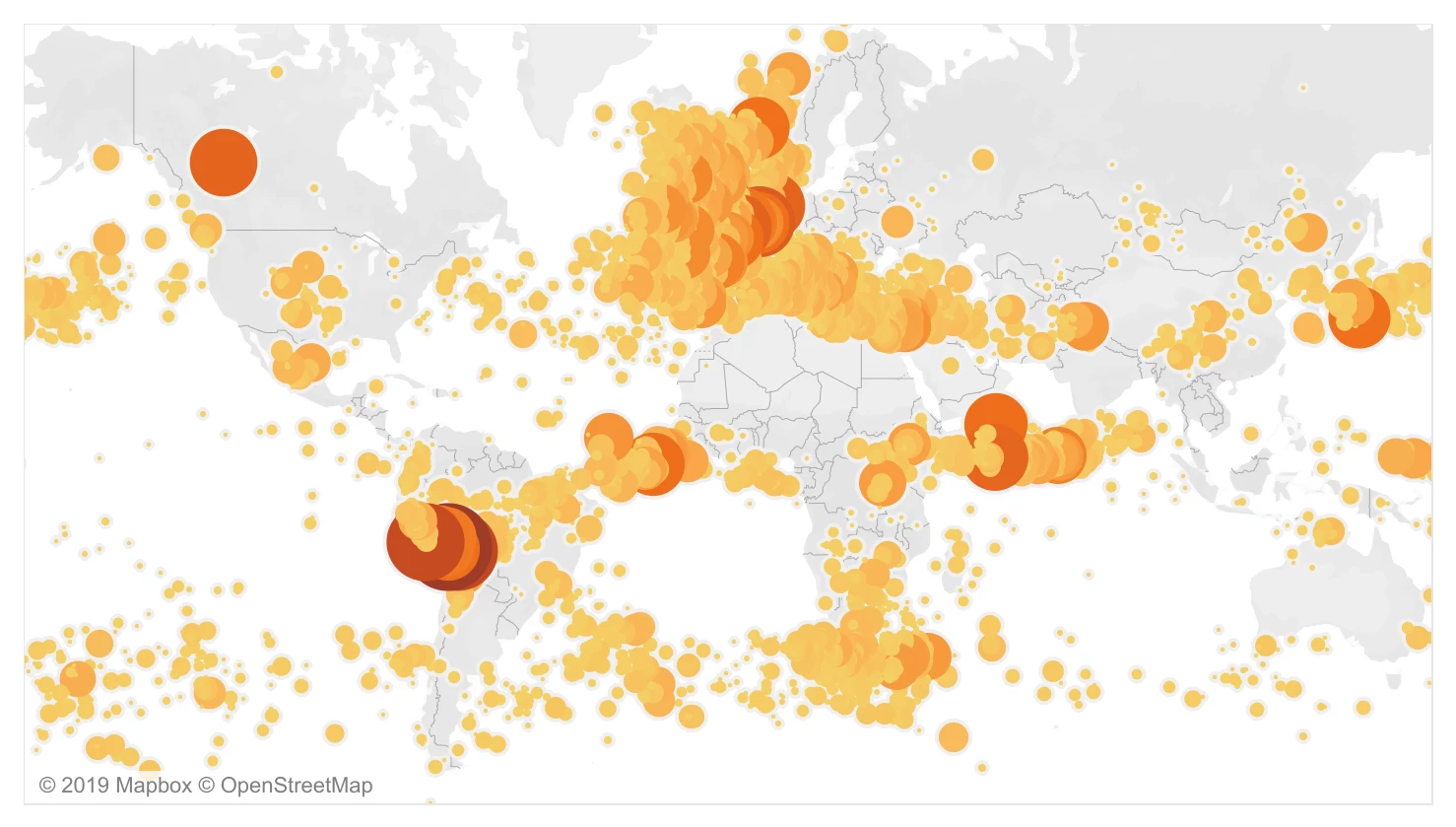While lightning strikes are generally considered to be a summer phenomenon, the rare and powerful superbolt form doesn't follow suit, with new research revealing these electric monsters not only occur much later in the year, but seem to prefer open seas to land.
Lightning bolts are pretty impressive, powerful things on their own, but superbolts release a thousand times more energy (at least) than the average lightning strike, making those familiar summer spectacles look like birthday sparklers in comparison. They're also incredibly rare according to Robert Holzworth, professor of Earth and space sciences at the University of Washington (UW), lead author on the paper published this week in the Journal of Geophysical Research: Atmospheres
So, how rare are superbolts? Well, according to the data gathered by Holzworth and his team – which looked at 2 billion lightning strokes over an eight year period – around one in 250,000 strokes (less than a thousandth of a percent) are superbolts. So, pretty rare then.

The study was made possible by the fact that the World Wide Lightning Location Network – managed by Holzworth and UW – has around a hundred lightning detection stations worldwide, and is able to access a huge amount of data. The teams used a kind of triangulation to measure the size and location of a lightning bolt, achieved by observing the timing of strikes detected by three or more of the network's stations. The team then compared its data against observations from Maryland-based Earth Networks and from the New Zealand government's MetService.
As well as accurately identifying superbolts, the research found that they tend to occur mainly over oceans and seas, the opposite of regular lightning. Their timing also didn't fit in with the usual three major lightning ‘chimneys’ which occur during summer thunderstorms over the Americas, sub-Saharan Africa and Southeast Asia. Superbolts on the other hand tended to occur most often between November and February, and far more common in the Northern hemisphere, especially over the Mediterranean Sea.

"Ninety percent of lightning strikes occur over land, but superbolts happen mostly over the water going right up to the coast," says Holzworth, who's been tracking lightning for almost two decades. "In fact, in the northeast Atlantic Ocean you can see Spain and England's coasts nicely outlined in the maps of superbolt distribution."
The reason for these newly observed patterns isn't yet quite clear and scientists are still unsure about what goes into creating superbolts in the first place. Some researchers have suggested sunspots and similar phenomenon as a possibility, but more science needs to be thrown at this to ascertain specific causes.
The paper can be found in the Journal of Geophysical Research: Atmospheres and an interactive map of the research data can be viewed here.
Source: University of Washington






